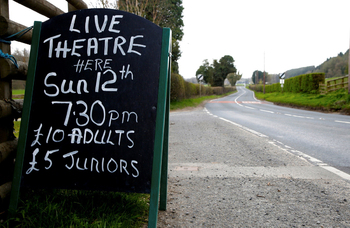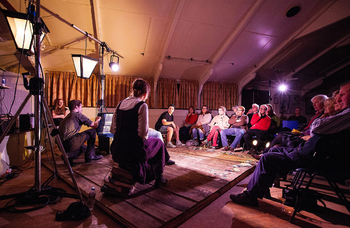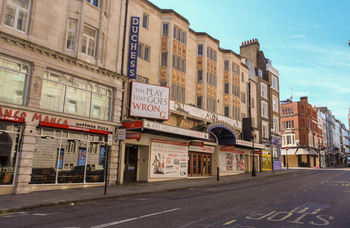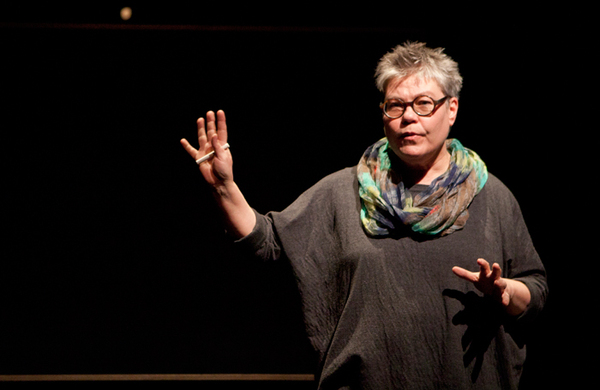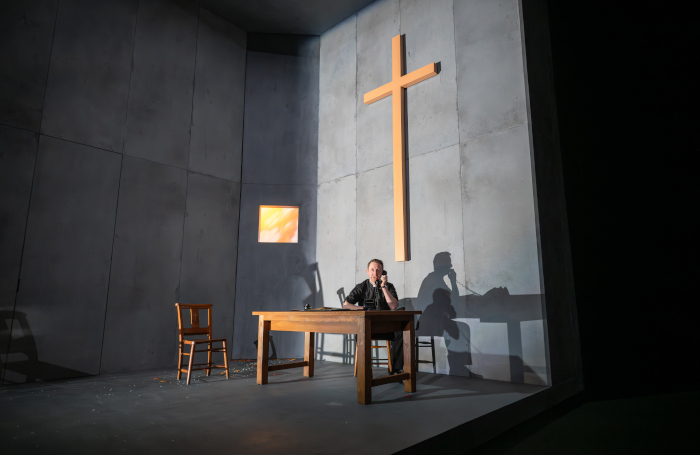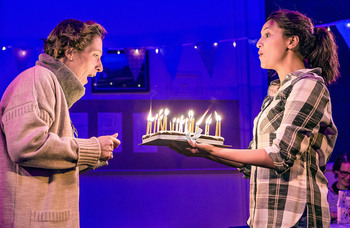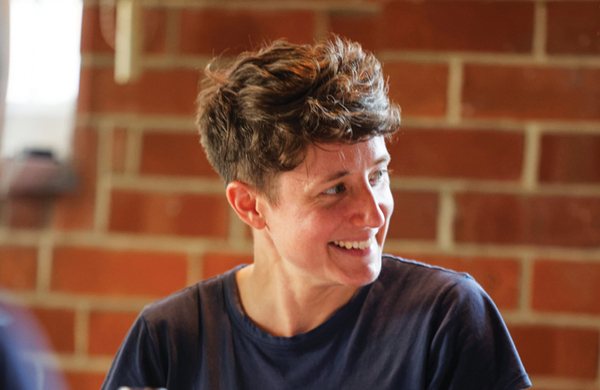Rural touring could offer the quickest route out of lockdown
While the theatre sector is pondering when it might reopen, how it might do so, and the challenge of enticing theatregoers back into buildings that were never designed with social distancing in mind, one small solution might be right under its nose. Go out into your community rather than expecting them to come to you.
In a recent interview, Alan Cumming spoke for many theatregoers when he declared that “until there’s a vaccine, I don’t think people will be really comfortable sitting in a room with 1,000 people right next to you, coughing”. But what if it wasn’t 1,000 strangers sitting next to you but a small number of friends and neighbours who you knew well – maybe in a village hall or local library or community centre, a place that you thought of as a home from home?
Last week’s Indigo After the Interval survey, looking at when audiences might return to live events, confirms widespread unease. It does not make for optimistic reading for live events and theatre.
The collapse in ticket revenues at theatres across the country has been felt by all and the bad news is that it may continue. Only 20% of audiences would return to entertainment venues “just because they are open again”. That falls to 15% among the over-65s. Many will stay away until they feel safer and for that to happen, 75% want to ensure they avoid long queues and 66% would like to see distanced seating. That’s before they’ve even had to brave public transport to get to the theatre.
Perhaps, in time, theatre and audiences will adjust to a new normal
This rather suggests that theatre is going to have to think very hard about how it will present live performance post-lockdown unless it can get to the levels of tracing and testing in South Korea – outlined in producer Richard Jordan’s recent column – that have kept some venues open there.
Perhaps, in time, theatre and audiences will adjust to a new normal, and a vaccine becoming available over the next year would be a game-changer. But in the meantime, as Alistair Smith observed in his Editor’s View last week: “It’s quite likely that theatre and its workforce will require support, through extended government subsidy, after many other industries have returned to something resembling normal.”
It’s crucial that the government understands this and also that it will not only be high-profile buildings and Arts Council England’s national portfolio organisations that will require ongoing support but also theatre’s army of freelancers, increasing numbers of whom are seriously wondering if they have any future in the industry.
Reimagining how you might present theatre will be tricky in the West End and more traditional venues, but there is one small but significant part of the industry that may be able to steal a march once the government gives the go ahead for larger gatherings: rural touring.
As The Stage reported last month, this area is under as much economic pressure as other parts of the industry, but it has a significant advantage in that it is small and nimble, and relies on a network of personal relationships and volunteers.
This network and hyperlocal nature helps encourage what Karen Goddard, formerly with Eastern Angles and now a freelance producer, describes as “a feeling of security for audiences”. In village halls with flexible seating, it is likely the person who is sitting next to you will not be a stranger. They could be part of your ‘designated bubble’ of family and friends that has been suggested. The risk feels more manageable than it would be if you had to get on a train to London to see a play at the National Theatre.
Rural venues also offer opportunities for small companies such as Pentabus and New Perspectives, and for independent artists – often travelling very light indeed – to put work in front of audiences long before they may ever get the chance to do so in much bigger spaces. Large-scale theatres will take far longer to get back into production and are almost certain to produce less over the coming years.
Targeting funding towards rural touring, or indeed specifically into communities, whether they are rural or urban, would offer a boost both for communities and independent artists – a double whammy. Better still, if the artists are living and making that work in and with those communities over many months and years, then it will be genuinely local. You only have to look at work of those such as Derby Theatre to see the positives in doing that.
Even before the pandemic, many artists were aware that when it comes to the climate emergency, theatre and its infrastructures and methods of touring are contributing to the problem and have been floating ideas – particularly regarding touring – to ensure that art can be part of the solution.
Being networked, embedded and local might be a very good way of doing that – not just for the foreseeable future but for the longer term.
Opinion
Recommended for you
More about this organisation
Advice
Recommended for you
Most Read
Across The Stage this weekYour subscription helps ensure our journalism can continue
Invest in The Stage today with a subscription starting at just £7.99
 Lyn Gardner
Lyn Gardner
